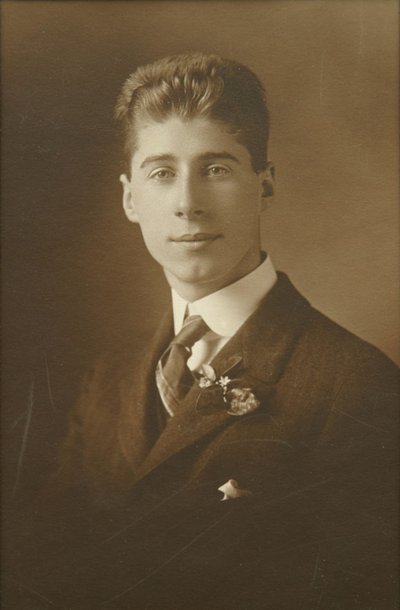As a teenager Roger was exposed to piano, but it did not take. He also began a subscription to Popular Mechanics, which he read, collected and set into a binding, a precursor in many ways to his future work and interaction with Scientific American. Roger also tried once again to construct a spectrograph that he could use to view the characteristics of sodium, but ran into an old problem that he had experienced on his first attempt: he was using his father’s old high school physics textbook and modeling the spectroscope on a diagram in the text; however, the diagram did not clearly state an important measurement. The text implied a certain dimension, but the information seemed to be incorrect. The problem would remain unsolved for more than ten years, though Roger would attempt the contraption many times before then. In a telling letter to the future editor of the Scientific American column that he would later illustrate, Roger described his past troubles with the spectroscope, stating:
“I was a fit subject for a column such as you edit and I try to illustrate. I realize that the most important readers have no way of interpreting the illustrations except to take them literally.”
When he was 16 and a junior in high school, Roger worked on handmade jewelry during off schooltime. His mother gave him a book about gem cutting, and he began building an apparatus for doing so. He started working with a man named Johnny Verberg, a Chicago transplant who was making and selling handmade jewelry in Keene. Roger was destined for higher education, but at that time in his life, he was making jewelry and “going to high school on the side.” Roger was later given an advanced craft book, and though he was technically an apprentice, neither he nor Johnny ever used the word. In the end, Roger learned how to make jewelry and a bit about practical design, but no money ever changed hands.
While Roger’s father provided material means and supported Roger’s projects, the two utilized different methods and approaches, which proved very irritating to the elder Hayward. According to later reflections by Roger about his father:
“Whenever he finished with a tool, he put it back in its proper place. Presumably I would eventually get into a habit so that as I needed a tool I could always put my hand on it without even looking up. No dice. I never was a neat workman in that sense – but I made much more sophisticated things than he ever attempted. Neatness is nice but not necessary. This goes for ‘form’ (as in athletics).”

